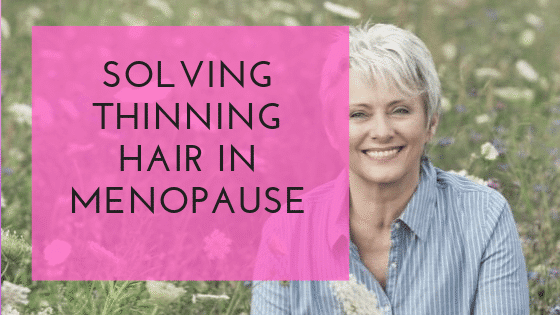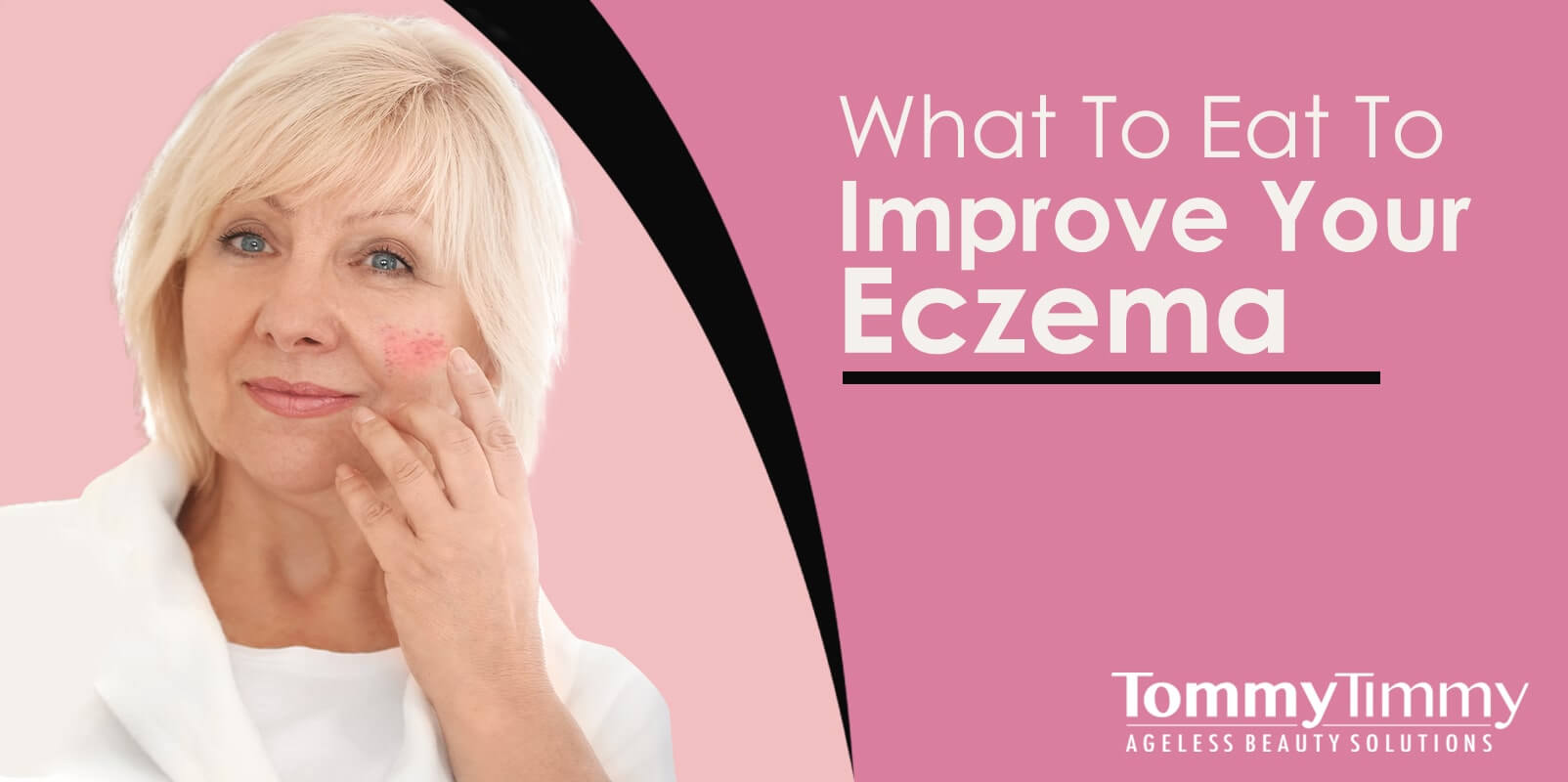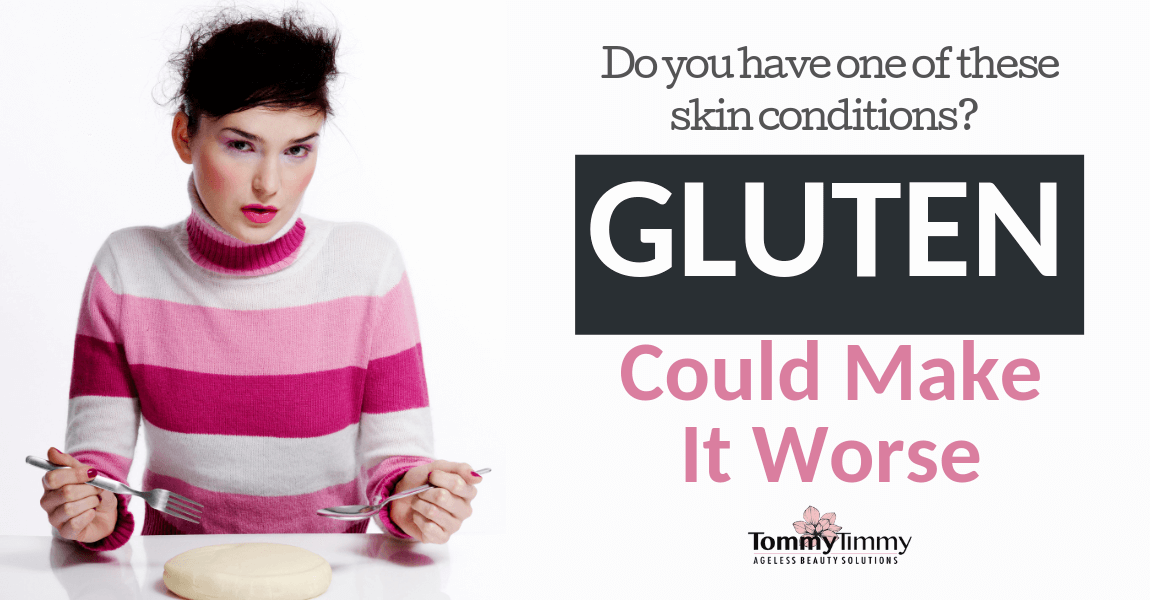Hair Loss During Menopause
Menopausal hair thinning is a common condition that most women suffer from as they enter the perimenopausal and menopause stages. Hormonal changes, weak immune system, hereditary factors, and nutritional changes are some of the things that can trigger hair loss. Although this condition is usually considered to be subtle in women (unlike men who normally have bald spots), its effects are typically distressing when it becomes worse.
Below is an overview of hair thinning in menopausal women, its effects, treatment options, and also management techniques.
The Menopause
When women hit their mid-40s, they start experiencing biological changes as their bodies evolve in anticipation of menopause. However, apart from actually reaching that age, external factors can also cause hair thinning and loss.
Causes Of Hair Loss
Hormones
Hormones are the primary cause of thin hair and sometimes hair loss in menopausal women. It should be noted that estrogen is required for the healthy development of thick hair. For instance, during pregnancy, women tend to have high levels of female hormones. During this period, women normally have fuller, thicker, and healthier hair.
But what happens exactly during menopause?
During this phase, the level of estrogen in the body starts to decline. On the other hand, the production of androgens, i.e. the male hormones, begin to increase. The compounding effect of this hormonal change is that hair follicles start to produce thinner hairs.
It should be noted that genetics also plays a crucial role in determining the strength of your hair. So, the combination of genetics with low levels of estrogen will lead to the development of progressively thinner and weaker hair follicles.
Hormonal change is the main culprit of thinning hair during menopause.
Thyroid disease:
Both menopause and thyroid disorders share the same symptoms. It is also worth noting that women who are at the menopausal age are more likely to develop thyroid disorders, i.e., hyperthyroidism. A prolonged and severe state of hypothyroidism can make your hair thinner and even lead to hair loss.
Nutritional changes:
The human body contains estrogen receptors, which are found in the hypothalamus gland. These receptors are responsible for controlling the way that the body uses its energy. They are also crucial in determining the rate of metabolism and hunger pangs. Once a woman reaches menopause, the level of estrogen rapidly declines. This has a direct impact on the way the estrogen receptors in the brain function. Overall, the resulting effect is that a female is highly likely to change their diet. They may be attracted to fast foods that are highly processed and sugary. These foods usually lack the essential nutrients and as a result, cause iron deficiency. The low iron content in the body is what sometimes causes thinning hair.
Illnesses:
The low levels of progesterone during menopause can trigger several illnesses. During this stage, a woman’s immune system is usually weak, and they are at a high risk of contracting infections. Menopause brings typically the onset of autoimmune disorders, which may damage the hair follicles and cause hair to thin or fall out. For instance, Lupus, Crohn’s disease, alopecia, and psoriasis are some of the autoimmune diseases that may cause hair thinning and sometimes hair loss.
Stress:
Besides illnesses, chronic stress is another condition that’s also common at this point. Due to other factors, people at this age tend to become more stressed. Clinically, there is a direct link between stress and hair thinning. High levels of stress in the body usually causes hormonal changes. The resulting impact of this is often visible through the hair in the form of thinning, and sometimes hair falling out.
Effects of Hair Thinning
The effects of hair thinning and hair loss during menopause can be devastating. Many women end up suffering from low self-esteem. According to physicians, society typically attributes healthy and thick hair to beauty and youth. To many women, having healthy hair makes them feel beautiful, and losing it can do the opposite.
It should be noted that psychological studies associate thinning hair to anxiety and depression. Furthermore, it can result in social withdrawal. But it doesn’t matter if your hair loss is caused by hormonal changes, diet, or an underlying medical condition. It’s still possible to restore hair thinning in menopausal women.
How to Treat Hair Loss And Hair Thinning
Menopausal women treat their thinning hair. Some of the effective treatment options include:
Using Hair Thinning Shampoos
Some shampoos can help to increase hair volume, making it thicker. These shampoos contain amino acids and vitamins which nourish the scalp and enhance the generation of healthier hair. To achieve the best results, use the strengthening shampoo every day.
Folic Acid Supplements
These supplements contain B-vitamins, which are vital for the generation of new cells. When dealing with hair thinning, folic acid supplements help the hair follicles to generate new hair effectively. However, there is a need for more research to determine the effectiveness of B-vitamins and hair thickening.
Minoxidil
It’s also known as Rogaine. This is an FDA-approved hair thinning and hair loss treatment that’s sold over-the-counter. Minoxidil enhances the thickening of thin hair. For better results, it should be applied on the scalp every day. If you are going to use minoxidil, you need to take it for almost 4 months to get tangible results. Additionally, you can use it in the form of foam or liquid.
Note: Minoxidil should be used consistently every day, or you may fail to see tangible results. Additionally, it may have adverse effects on some people. They include unwanted hair growth in areas such as the neck region and face. Furthermore, scalp irritation is a common side effect.
Home-based Laser Therapy
Previously, the FDA approved the use of laser therapy by dermatologists only. However, you can now use it at home. Home-based laser therapy designed for hair helps to enhance the development of new cells. As a result, it promotes the regrowth of thick healthier hair. But just like minoxidil, it may take several months before you get any positive results.
Note: As much as home-baser laser hair therapy is good, it’s actually costly. The equipment used in this process usually costs hundreds of dollars. This is obviously a significant investment, and you need first to consider other options.
Spironolactone
It’s also known as Aldactone. This is a prescription drug that’s normally prescribed to people, including menopausal women, suffering from hair thinning caused by androgen production. Spironolactone is considered a “water pill” and its also an anti-androgen.
It’s one of the better remedies for thinning hair in women who have reached menopause. This is because it helps to regulate hormonal fluctuations in this phase. However, the doctor needs to carry out blood tests before prescribing this drug.
Biotin
Biotin is also known as vitamin-B7. Biotin is a nutrient that’s considered water-soluble, and you can find it in various foods. As a solution for hair thinning and loss, it’s recommended that the affected person uses a biotin supplement. It promotes the breakdown of enzymes and can, therefore, lead to the development of thick hair.
Note: Biotin contains vitamin B7; hence, it shouldn’t be used together with Vitamin B5 supplements. This is because the combination of these vitamins typically reduces the effectiveness of one another.
Essential Oils
These are natural but highly effective liquids which are obtained from specific plants. They are commonly used in alternative medicine, including aromatherapy. One of the best types of essential oils for hair thinning is lavender oil. Evidence suggests that it can effectively minimize balding spots. When lavender oil is combined with thyme or rosemary, it often leads to the growth of thicker and healthier hair.
Fatty Acids
Fatty acids include omega-3 and -6. Fatty acids are also referred to as essential fatty acids because they can’t be produced naturally by the body. They are useful in facilitating the growth of thicker hair. It should be noted that omega-3 fatty acids help to fight inflammation. So, if your hair thinning is a result of an underlying medical condition, then this essential fatty acid can help to improve your condition. Omega-6-fatty acids, on the other hand, help to improve the skin’s health. Therefore, it can help to improve the scalp’s health and lead to the growth of thicker hair.
Corticosteroids
Just like omega-3 fatty acids, Corticosteroids help to fight underlying inflammation. The prescription drug can help to treat hair thinning thanks to its anti-inflammatory properties.
Hormone replacement therapy
Hormone replacement therapy (HRT) helps to improve the quality of your hair. Additionally, it makes it thicker and more pronounced on the head. Generally, hormone replacement is a form of therapy that helps to reduce the negative effects of menopause. It helps to increase the level of female hormones in the body and restore it to normal levels.
Note: Women can only undergo estrogen hormone replacement therapy if they have removed their uterus. This is because this medical procedure increases the risk of uterine cancer, and doctors won’t allow patients to use it due to safety issues.
Other Management Techniques
Transitioning to menopause is not easy. The body comes with a lot of physical changes. Besides that, there are a lot of emotional effects that occur. All these experiences can leave you feeling depressed with low self-esteem. Apart from the remedies mentioned above, some of the management techniques that you can use to prevent hair loss during menopause include:
Exercising
Exercising is not directly related to hair thinning, but it can be beneficial. Engaging in physical activities can help to improve your general health. Remember that stress and diseases usually peak during this phase.
Furthermore, they are among the major causes of hair thinning. But by exercising, you can minimize the severity of stress and reduce your chances of getting inflammatory diseases. This way, you will end up protecting your hair indirectly.
Avoid Stress
As stated above, menopausal women are at a high risk of developing chronic stress. The psychological effect of menopause is usually draining. However, stress causes typically adverse health effects, including hair thinning. It creates a decline in estrogen production, which generally leads to hair thinning or hair loss.
So, it’s essential to avoid stress. Engage in stress-reducing activities that can help to calm your body and relax your mind. They include yoga, meditation, tai chi, and Pilates, among others.
Drink Adequate Water
The effects of menopause also include physical appearance. Apart from skin changes, most women end up with hair loss/thinning. To reduce its impact, it’s important to drink adequate water daily. Ensure that you drink at least 8 glasses of water. It helps to flush out toxins in the body, which leads to inflammation.
Watch Your Diet
When a woman is in menopause, their diet matters. Their physical and emotional well-being requires that they attend to their nutritional needs. A significant percentage of their daily diet should be composed of fruits and vegetables.
Additionally, calcium-rich foods such as milk and yogurt are important for the development of bones. On the other hand, iron-rich foods like eggs, fish, and red meat supply the body with fiber. It’s important to avoid spicy food. Furthermore, cut your alcohol intake and ensure that you avoid caffeinated drinks.
Scalp Massage
This is a cheap management technique that’s readily available. Scalp massage enhances the development of thicker and healthier hair. You can do this when you wash your hair. Simply apply a gentle pressure on your scalp using your fingertips. Scalp massage enhances the flow of blood and also removes dead skin cells, which may hinder healthy hair growth.
Conclusion
According to research studies, more than 50 percent of women in menopause normally experience hair loss and thinning. This is a common condition that affects a large part of the population. Although hormonal change is usually considered as the main culprit, there are still other factors that can cause hair thinning.
Therefore, it’s important to consult a trichologist to determine the cause of hair thinning. Apart from prescription drugs, you can also use OTC medications. Furthermore, there are also home-based management techniques that can help nourish your hair. If you are a woman in menopause experiencing this condition, remember that you’re not alone. Also, don’t forget that it IS possible to grow your hair back thicker and healthier.



